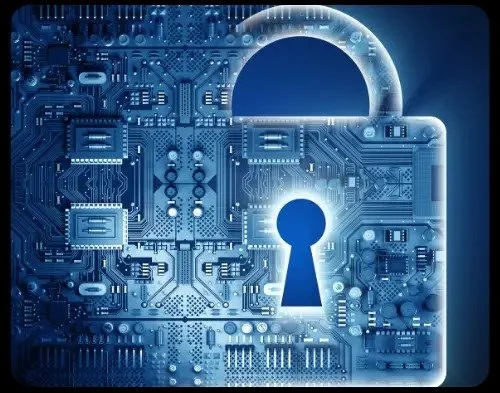6 Tips to Protect Your Online Accounts from Hackers
With banking and money management becoming more digitized, it’s no surprise that hacks and scams are at an all-time high. According to a 2023 survey conducted by the Royal Bank of Canada (RBC), 88% of Canadians say that they’ve experienced increased attempts of fraudulent activity¹, and unfortunately, 68% of Canadians have admitted that they don’t know what to do if/when their personal data becomes compromised².
Here are 6 tips to protect yourself against hackers and scammers from getting access to your online bank/financial accounts:
1) Enable two-factor authentication (2FA) or multi-factor authentication (MFA) on all of your accounts
2FA and MFA are added layers of security to help keep your accounts safe from potential fraudsters or hackers by making it more difficult to sign into your accounts. These extra security layers come in many forms, such as a PIN that’s sent to you via text or phone call, security question prompts, a requirement to provide a one-time password that’s stored in your password app, etc.. You can find the option to enable 2FA/MFA in your security or privacy settings. Popular password apps that generate one-time codes (typically the highest level of protection) are: 1Password, LastPass, and Dashlane.
2) Change your passwords every 3 months
Cybersecurity experts typically recommend that you change your passwords as frequently as every 3 months to prevent potential hacks. When creating a password, the longer, the better. Always include special characters, numbers, capital letters and lower case letters. Also, never use obvious personal information as part of your password (including pet or family names, your birthday, etc.).
3) Don’t use the same login information for multiple accounts
Never re-use the same password for multiple accounts. Every single account should have a unique password.
For extra security, create a separate email address that no one knows about (and isn’t listed on any of your social media accounts, isn’t what you use to sign up for email newsletters, and isn’t easily guessable) for your accounts. This may make it even more difficult for fraudsters to steal your information because they’d have to get your password and your email address/username.
4) Don’t use public Wi-Fi to log in to your accounts
Though it can be tempting (and convenient) to quickly check your online banking while on public Wi-Fi, this can be risky business! Public Wi-Fi is typically not secure, and using it increases the chance that hackers can digitally “eavesdrop” on your internet activity and record your sensitive information.
Always use your cellular data to log in to your accounts. You can also use a VPN (Virtual Private Network) like NordVPN to add another layer of privacy to your internet usage.
5) Don’t save your payment information on websites or apps you shop on
When websites or apps are victims of security breaches (which happen more frequently than you may realize…), you, too, may soon become a victim of fraud of unauthorized purchases. Manually entering your credit card information each time you make a purchase reduces the chance of your account being compromised. This may also help you reduce impulse purchases, so it’s a win-win!
6) Use your common sense
Assume that any text messages or calls you receive (that you’re not expecting) where someone is asking you for sensitive account information or offering you free money is a scam. If it sounds too good to be true, it probably is. Also, always triple-check who emails are coming from before clicking on links. Hackers sometimes have excellent design skills to make it look like an email is coming from your actual bank when it isn’t.
Follow the tips mentioned above to protect yourself from hackers or scammers attempting to get access to your hard-earned money.
Sources:
1, 2: RBC Study, 2023, is a sample of 1500 Canadians 18+ surveyed via the Ipsos I-Say panel in August 2023. View article here.

